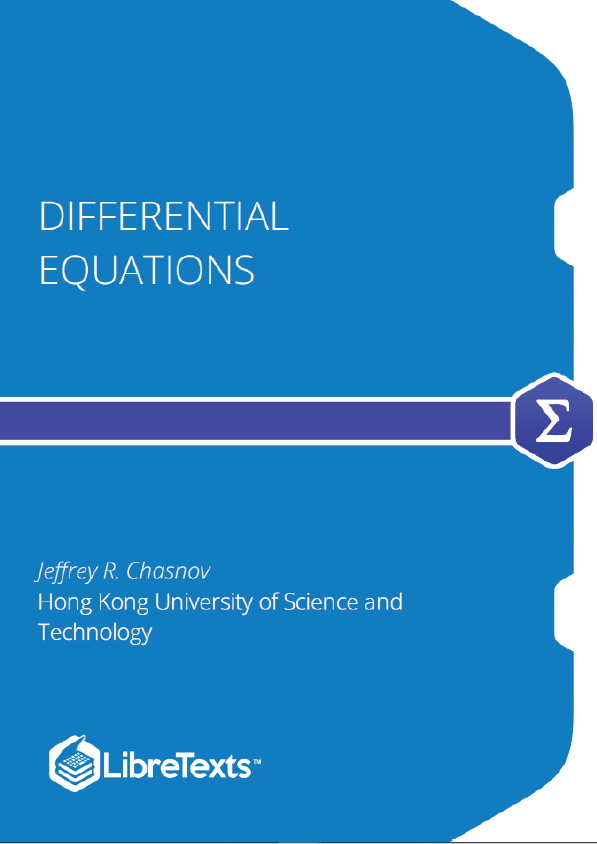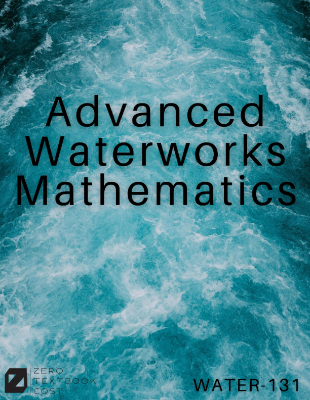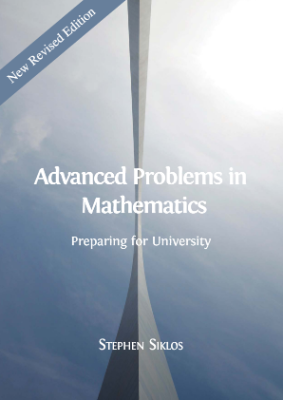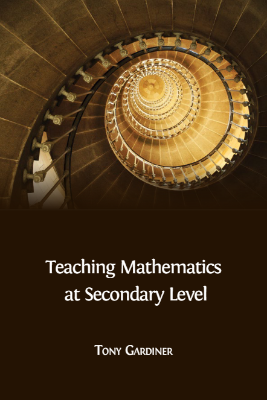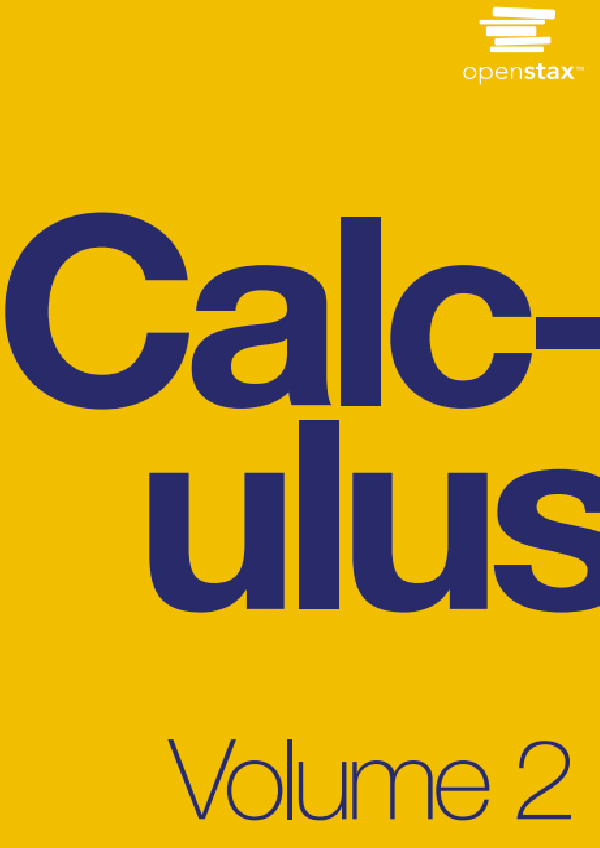What follows are my lecture notes for a first course in differential equations, taught at the Hong Kong University of Science and Technology. Included in these notes are links to short tutorial videos posted on YouTube. Much of the material of Chapters 2-6 and 8 has been adapted from the widely used textbook “Elementary differential equations and boundary value problems” by Boyce & DiPrima. The material of Chapter 7 is adapted from the textbook “Nonlinear dynamics and chaos” by Steven H. Strogatz.
Inhomogeneous Linear First-Order ODEs Revisited
The linear first-order ode can be solved by use of an integrating factor. Here I show that odes having constant coefficients can be solved by our newly learned solution method.
The Laplace Transform
The Laplace transform is most useful for solving linear, constant-coefficient ode’s when the inhomogeneous term or its derivative is discontinuous. Although ode’s with discontinuous inhomogeneous terms can also be solved by adopting already learned methods, we will see that the Laplace transform technique provides a simpler, more elegant solution.
Solution of Initial Value Problems
We begin with a simple homogeneous ode and show that the Laplace transform method yields an identical result to our previously learned method. We then apply the Laplace transform method to solve an inhomogeneous equation.
Heaviside and Dirac Delta Functions
The Laplace transform technique becomes truly useful when solving odes with discontinuous or impulsive inhomogeneous terms, these terms commonly modeled using Heaviside or Dirac delta functions. We will discuss these functions in turn, as well as their Laplace transforms.
Systems of coupled linear differential equations can result, for example, from linear stability analyses of nonlinear equations, and from normal mode analyses of coupled oscillators. We will first consider the simplest case of a system of two coupled homogeneous linear first-order equations with constant coefficients. These two first-order equations are in fact equivalent to a single second-order equation, and the methods of Chapter 4 could be used for solution. Nevertheless, viewing the problem as a system of first-order equations introduces the important concept of the phase space, and can easily be generalized to higher-order linear systems. We will then discuss the physical problem of two coupled oscillators.
